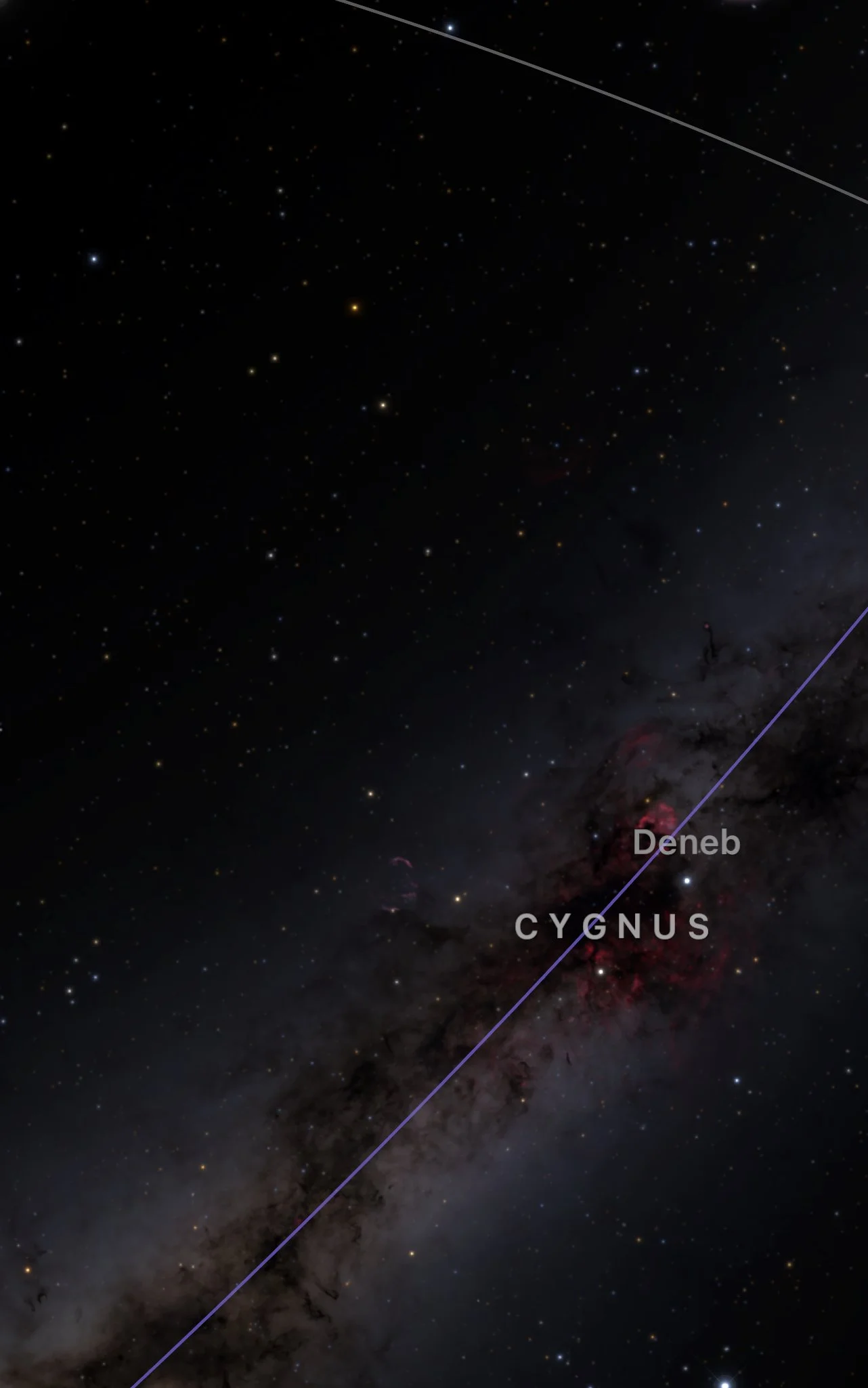....From the first hours of the night, the May sky is dominated by 2 brilliant objects: the planet Venus toward the West and the planet Jupiter towards the East. For the lovers of the telescopic observation, the second one, the giant of the Solar System who crosses the constellation of Libra, is more interesting, with his 4 satellites visible as brilliant dots rapidly moving around his equator. If the night is clear, it is not difficult to distinguish also the dark bands of the outer atmosphere of the planet, which hide storms of incredible size, bigger that our Earth. More to the South, the beautiful constellations of Centaurus and Southern Cross are peeping out of the horizon of Fuerteventura: we should not miss the opportunity to admire our neighbor star Alfa Centauri nor the fantastic cluster called Omega Centauri, both visible with naked eyes, but revealing their secrets only through a telescope.
May starts with the Moon just after the full phase, which will be present back by the end of the month. In order to enjoy the observation in her best days, we recommend to wait for the waxing phase, after day 20th in this month.
Clear skies to everybody! ..
Desde las primeras horas de la noche, el cielo de Mayo está dominado por dos brillantes luceros: el planeta Venus hacia el Oeste y el planeta Júpiter hacia el Este. Para los apasionados de la observación telescópica, es más interesante este segundo objeto, el gigante del Sistema Solar que cruza la constelación de Libra, con sus 4 satélites visibles como puntitos luminosos en rápido movimiento alrededor de su ecuador. Si la noche es clara, no es difícil tampoco distinguir las bandas oscuras de la atmósfera superior del planeta, que esconden tormentas de tamaño colosal, más grandes que nuestra Tierra. Mirando en el cielo más al Sur, las bonitas constelaciones de la Cruz del Sur y del Centauro se asoman al horizonte de Fuerteventura: no debemos perder la oportunidad de admirar nuestra estrella vecina Alfa Centauri ni el maravilloso cúmulo llamado Omega Centauri, ambos visibles a simple vista, pero cuyos secretos sólo están al alcance de un telescopio.
La Luna empieza Mayo justo después de la fase de plenitud, que vuelve también en la última semana. Para disfrutar mejor de su observación, es recomendable esperar a la fase creciente, que este mes se da pasado el día 20.
¡Cielos despejados para todos!....



